COVID-19: Protect Children from Child Labour, now more than ever! (World Day Against Child Labour -12 June 2020)

Shibahari Dhakal (Nick)
Active member of Amnesty International Nepal,
Kailali Youth Network
Children around the world are routinely engaged in paid and unpaid forms of work that are not harmful to them. However, they are classified as child labour when they are either too young to work, or are involved in hazardous activities that may compromise their physical, mental, social, or educational development. Almost one in ten of all children worldwide are in child labour. There are an estimated 152 million children in child labour, 72 million of which are in hazardous work.
Child labour is concentrated primarily in agriculture (71%), this including farming, fishery, forestry and livestock herding , 17% in service and 12% in industrial sector including mining. If we talk about Nepal, it accounts for 1.6 million children between 5-17 years in child labour. The major cause of child labour in Nepal is poverty and is often coupled with lack of education. As cost of Schooling is very high and entering the children into labour force has immediate economic benefits, parents prefer their children going to work to school. And due to gender inequality, female children are more likely to be involve with child labour than male children. Many parents still believes that female children should be at home doing domestic work instead of going to school and they also say that girls will be given away after marriage anyway.
As 3.8 million families of Nepal are engaged in agriculture sector, most of the children from these families participate in unpaid form of agricultural work. Most of these children are working in hazardous and risky activities. But participation in agricultural activities is not always child labour. As participation in non-hazardous activities can be positive as it contributes to the inter-generational transfer of skills and children’s food security.
The COVID-19 health pandemic and the resulting economic and labour shock are having a huge impact on people’s lives and livelihoods. Unfortunately, children are often the first to suffer. This crisis can push million of vulnerable children into child labour. On 12 June the World Day Against Child Labour is celebrated worldwide, established by the International Labour Organisation (ILO) in 2002. The day aims to shed light on the problem of child labour highlighting the need of defeat any form of economic exploitation of children. Child labour is one of the greatest cruelties as it affects on physical, mental, social and educational development of children , it’s eradication is absolutely crucial.
For it’s control many NGOs and INGOs along with Government are still working but the condition of child labour doesn’t seem to be under control. Amnesty International is one of the organisation which is working for it’s control. Lack of awareness among the general public, poverty, unemployment of adults, lack of strict child labour laws, etc. are major reason behind this. Awareness among the public is foremost for it’s control. Organisation like Amnesty International can play a vital role in building awareness in general public by conducting various programs at local level. Each member belongs to an Amnesty International should take the responsibility of reporting about anyone employing a child instead of ignoring it. And in addition to this the general public should be convinced to do the same. The system of speaking about the eradication of child labour for one day only on this world Day Against Child Labour June 12 and remaining silent on other 364 days of year should be stopped. Child Labour can be controlled if Government along with other NGOs & INGOs function effectively with the support of public.
क्याटेगोरी : विचार / ब्लग
ट्याग : #breaking










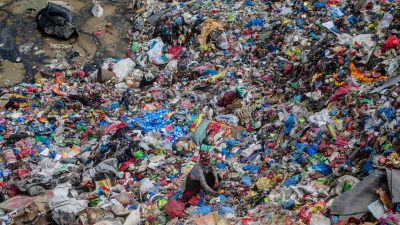
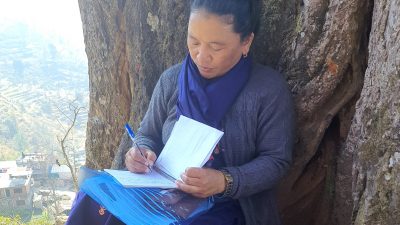






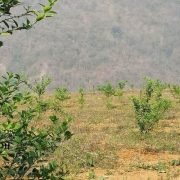

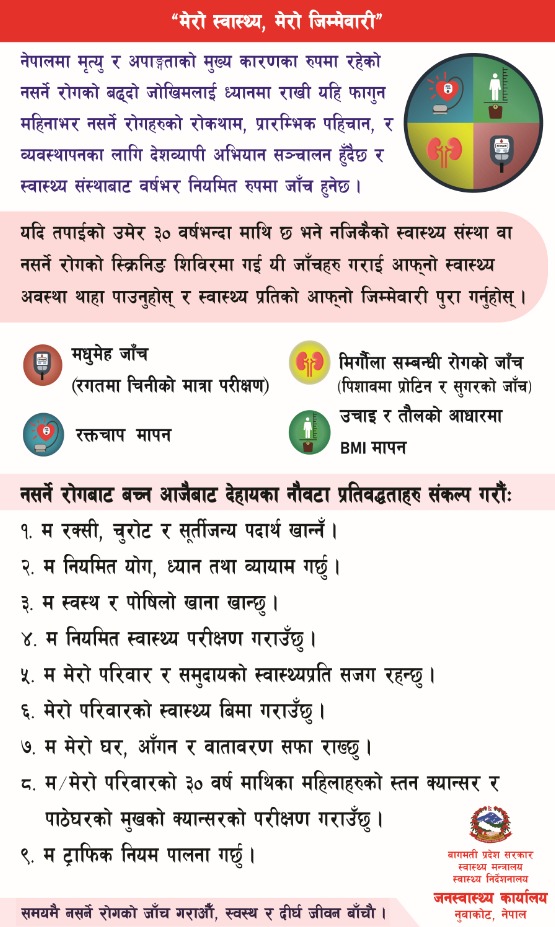



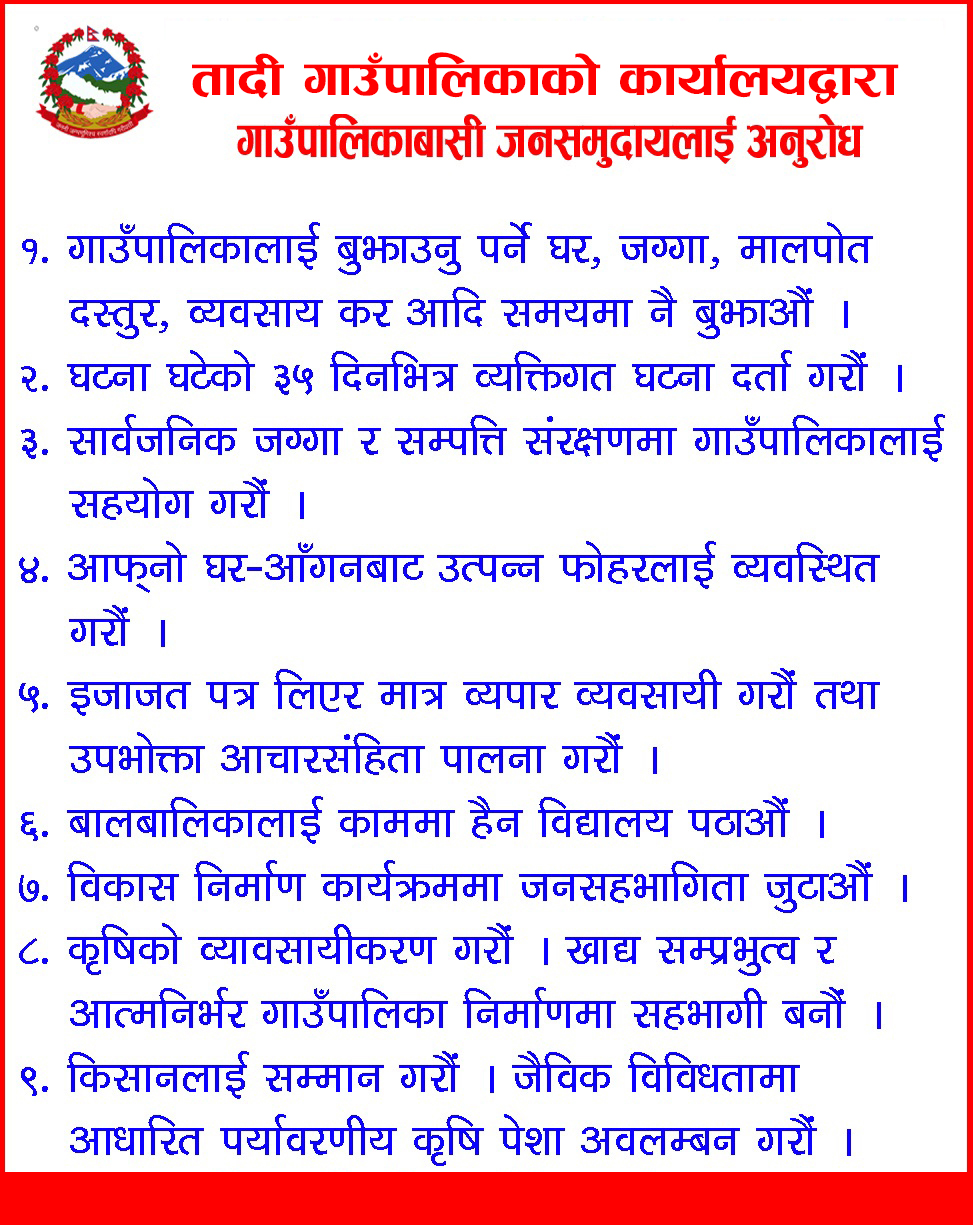






प्रतिक्रिया दिनुहोस